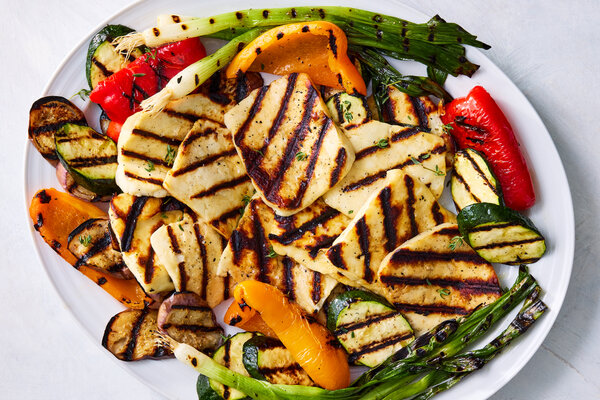TL;DR: It’s not necessarily the pasta water. It’s the marriage of starch, cheese and water, Eric Kim writes.

This spoonable pasta is a dance of sorts between two pots: one with fresh green beans and orecchiette, the other with sausage ragù.David Malosh for The New York Times. Food Stylist: Simon Andrews.
When the chef Carla Lalli Music recently made pasta with sausage and broccoli rabe for dinner, it came out too salty. Her error? She used oversalted pasta water to finish her sauce. “Sometimes it’s better not to use it,” she said, claiming that a splash of “regular old water” does the same trick.
Many a recipe writer and Italian cook has espoused the virtues of saving some starchy water before draining pasta to then toss with the noodles and sauce. That starch is said to help thicken a sauce so it can better coat pasta. But does it really make that much of a difference?
Even the renowned cookbook author Marcella Hazan, in “Marcella Cucina,” writes that cooking with pasta water “imparts the same tedious, faintly gelatinous texture to what otherwise have been fresh and lively sauces.” Use it “occasionally,” she advises.
Daniel M. Busiello, a physicist and researcher at the University of Padova, said over a teleconference call that the keys to a silky sauce are the relationships among starch, cheese and water. In April, Mr. Busiello, along with seven other Italian scientists, published the latest version of a paper on cacio e pepe, finding — after months of tests — that the concentration of starch relative to the amount of cheese and water is what directly affects the dish’s creaminess.
Here’s why: Starch prevents what the scientists coined as the “Mozzarella Phase,” or what happens when heat causes the proteins in cheese (casein and whey) to clump, creating a sauce that is wet and stringy like mozzarella, rather than smooth, creamy and emulsified. “The starch screens the interaction between proteins by basically putting itself in the middle,” to prevent that sticking, he said.
Stirring in plain water achieves the same saucy, glossy result as pasta water, so long as there is enough cheese and starch released from stirring the pasta. But you’re boiling pasta and already have that water, so why not use it?
In this recipe, pasta water is made more useful as fresh green beans boiled with the pasta season the water with their gentle vegetal umami, while the quick sausage ragù simmers in another. In a dance of sorts between the two pans, the cooked beans and pasta are drained and added to the ragù. As a final step, a spritz of lemon juice and a generous splash of that savory green bean broth are stirred vigorously into the sauced pasta, along with Parmesan, helping to draw out the pasta’s starch while letting the cheese melt into the sauce without splitting.
A short pasta shape, such as orecchiette, macaroni or wagon wheels, is the easiest to stir into a silky sauce here — and means that you can eat the dish with a spoon in front of the television. Just be sure not to oversalt your water — you’re going to need it.
Follow New York Times Cooking on Instagram, Facebook, YouTube, TikTok and Pinterest. Get regular updates from New York Times Cooking, with recipe suggestions, cooking tips and shopping advice.







